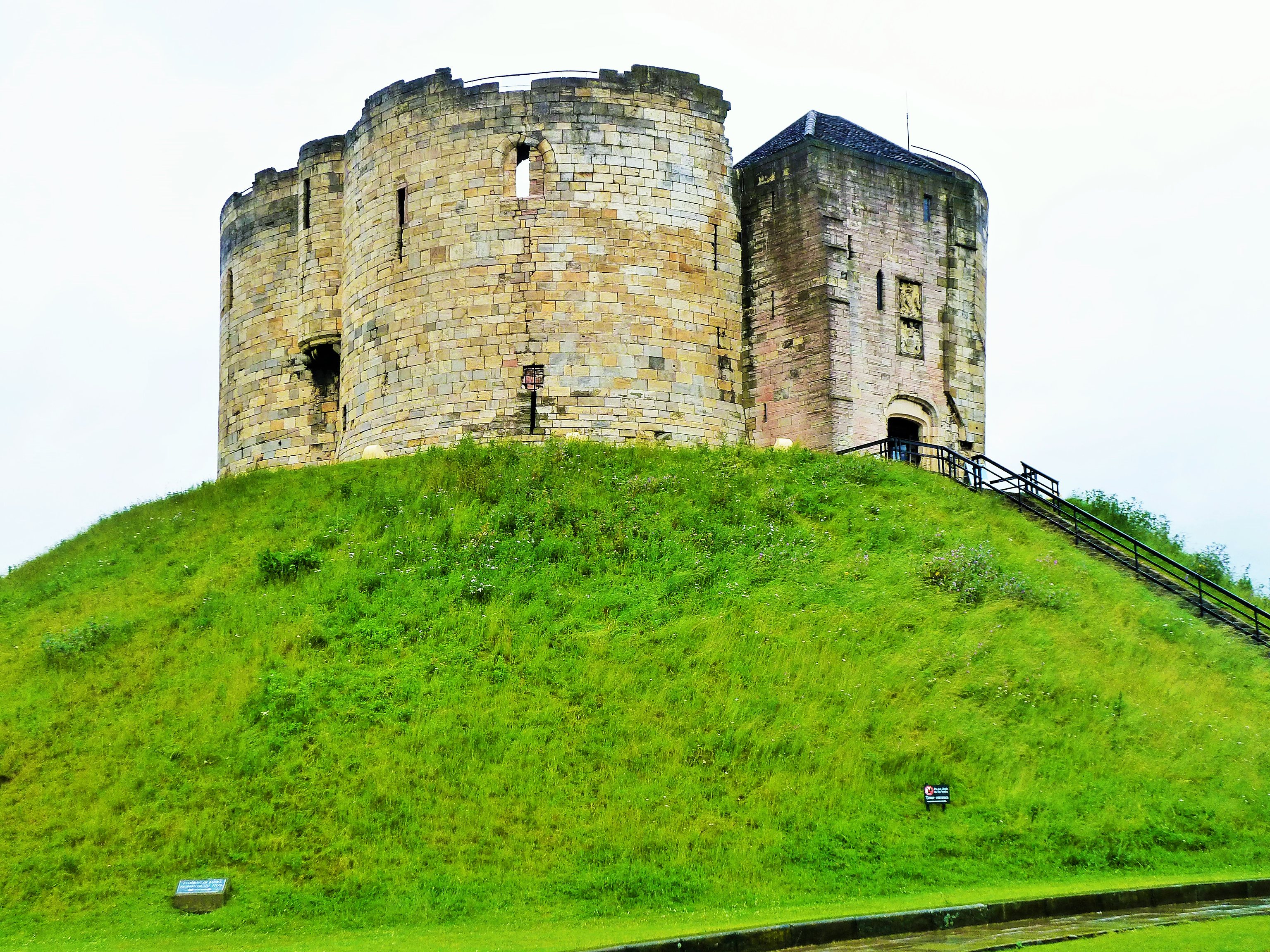York, England
River Ouse
York is located on the banks of the River Ouse, roughly equidistant between the Scottish capital of Edinburgh and London with population of about 200,000. It has a rich historical legacy dating back at least 2000 years with particular emphasis on the Roman, Viking and Medieval eras. A very popular tourist destination.
Tell me more about a Tour of York
Roman York: Established AD 71 when the Ninth Legion built a fortress which evolved over 300 years to become a permanent military base and civilian town (Eboracum) of the highest rank. For three years from AD 208 the Emperor, Septimus Severus used York as base for ruling the Empire during his military campaigns in Scotland. A century later in AD 306 Constantine the Great was acclaimed as Emperor by the Roman Army in York. After the collapse of the western Roman Empire in the early 5th century it appears that York was deserted for a period of almost 200 years. Visitors today can connect with the Roman era via the following sites:
- The medieval city gate at Bootham Bar which stands on the site of one of the main gates (porta principalis dextra) of the Roman fortress.
- A small piece of Roman wall in a car park at St. Leonard’s Place.
- Multangular Tower in the Museum Gardens.
- Roman Bath in St. Sampson’s Square.
- York Minster (Cathedral) which is situated on the site of the Roman basilica. Outside the south door is a 8m high column, one of 16 which supported the basilica roof.
- Remains of the east corner tower of the Roman fortress at Aldwark. Visible from the city walls near Monk Bar.
- The city walls from Monk Bar to Bootham follow the line of the Roman city wall.
In addition to the above, the Yorkshire Museum is home to an extensive collection of Roman artefacts.
Roman HQ Building
Viking Era: During the period AD866-AD1066 York was a major Viking settlement and trading port. Archaeologists have discovered remains of houses, workshops and backyards of the Viking era in the Coppergate area of York. This outstanding discovery has been transformed into an re-enactment experience known as Jorvik where visitors can connect with York’s Viking heritage. An extremely popular visitor attraction.
Inside Jorvik
Medieval Era: York Minster (Cathedral) dominates the city. A noble and imposing structure which dates from the period AD 1220-1472 on the site of earlier Christian places of worship. A stunning building in the Gothic style of architecture and a treasure house of medieval stained glass. is possible to climb the tower for spectacular views of the city and beyond. Barley Hall, off Stonegate, is a recently discovered and restored medieval townhouse, once home to the Priors of Nostell and the Mayor of York. A very well presented visitor attraction.
Inside York Minster
Other places of interest ad activities include:
- Clifford’s Tower, a remnant of medieval York Castle.
- Church of Holy Redeemer
- York Dungeon
- National Railway Museum
- York Art Gallery
- River Trips from Lendal Bridge.
- Church of Holy Trinity.
- Medieval Houses in Our Lady’s Row.
- Richard III Museum.
- The Shambles, shopping and visitor attraction in central York.
- York Wheel visitor attraction.
Clifford's Tower
Mallard Steam Train at National Railway Museum
Day’s Drive-
The genteel Spa Town of Harrogate with its Royal Hall.
- Beningbrough Hall and Gardens
- Castle Howard
- Fountains Abbey & Studley Royal Water Garden
- Helmsley Walled Garden
- North Yorkshire Moors Railway







Comments
Post a Comment